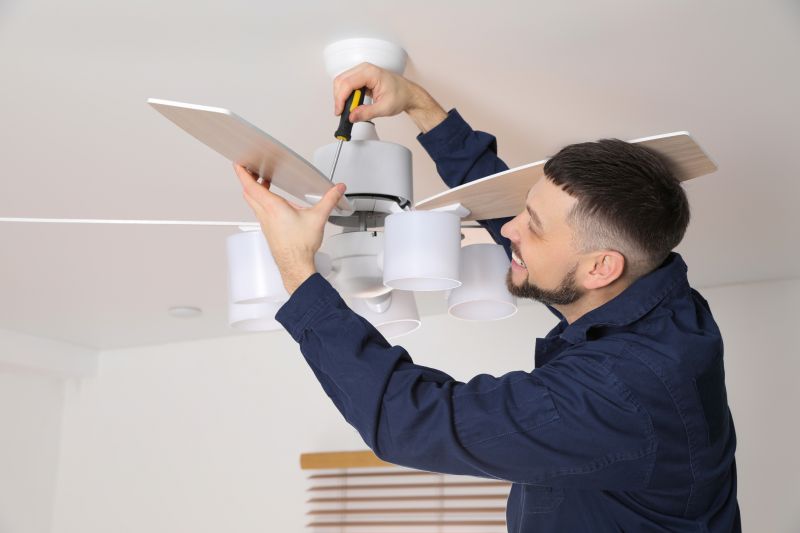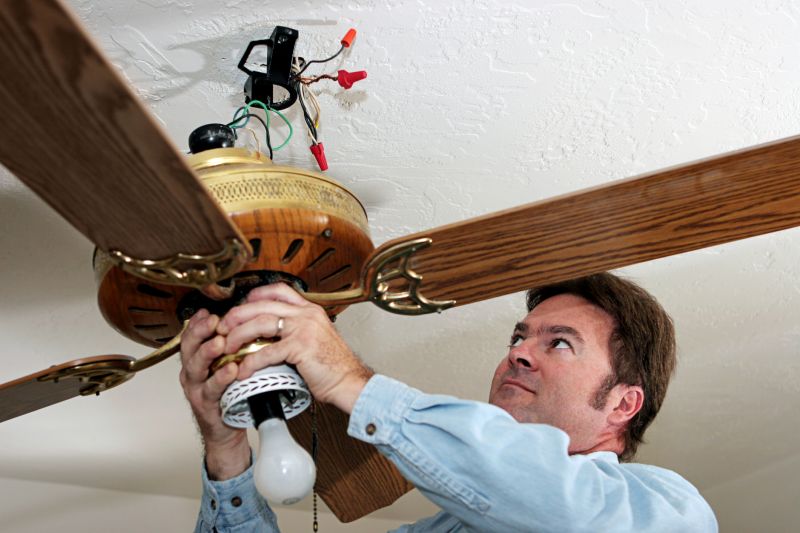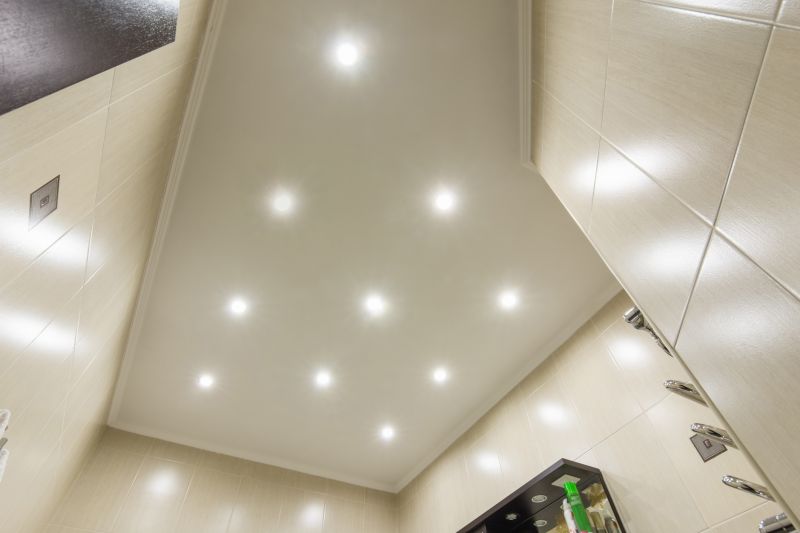Optimal Timing for Bathroom Fan Repairs
Bathroom fan repairs are most effectively scheduled during periods of low usage or when the bathroom is not in frequent use. This minimizes disruption and allows for thorough inspection and maintenance. Regular inspections can prevent unexpected breakdowns and ensure optimal performance.
Performing repairs during scheduled maintenance ensures the fan operates efficiently and prevents costly future issues.
Addressing issues after high-traffic periods helps identify problems caused by excessive use or humidity.
Scheduling repairs before seasons with increased bathroom usage, such as winter holidays, ensures reliable operation.
Unusual sounds or vibrations indicate the need for immediate repairs to prevent further damage.

Technician examining a bathroom fan for signs of wear.

Replacing a faulty motor to restore proper airflow.

Removing dust and debris for optimal performance.

Ways to make Bathroom Fan Repairs work in tight or awkward layouts.

Popular materials for Bathroom Fan Repairs and why they hold up over time.

Simple add-ons that improve Bathroom Fan Repairs without blowing the budget.
Bathroom fan repairs are essential for maintaining proper ventilation, reducing moisture buildup, and preventing mold growth. Over time, fans can become noisy, inefficient, or fail entirely due to dust accumulation, worn-out components, or electrical issues. Addressing these problems promptly can extend the lifespan of the ventilation system and improve indoor air quality.
| Signs of Needed Repairs | Details |
|---|---|
| Unusual Noise | Grinding or rattling sounds indicate motor or blade issues. |
| Persistent Odors | Lack of airflow can cause odors to linger. |
| Increased Humidity | High moisture levels suggest ventilation failure. |
| Fan Not Turning On | Electrical or motor failure prevents operation. |
| Visible Damage | Broken blades or rust indicate the need for repairs. |
| Higher Energy Bills | Inefficient fans consume more power. |
